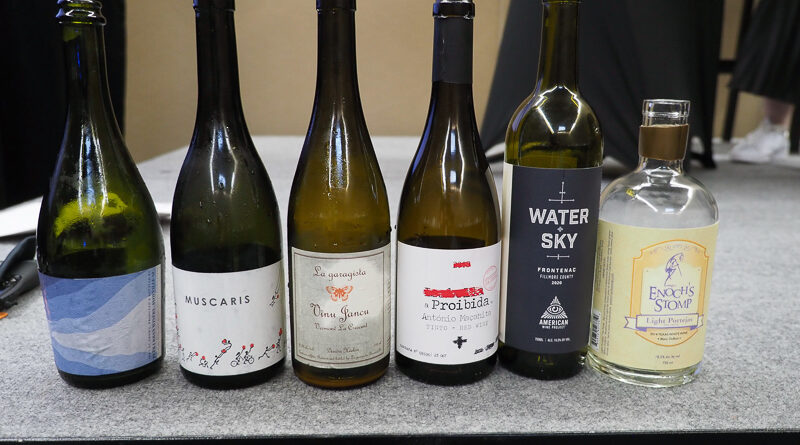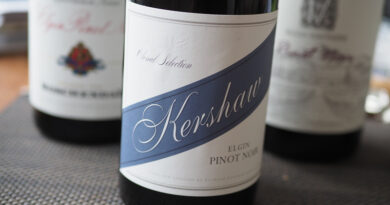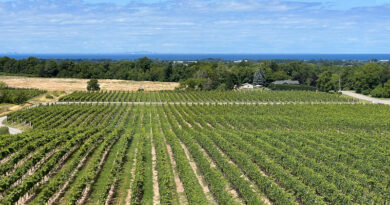We’re discussing non-vinifera again: a Texsom seminar
‘Hybrid’ or ‘multivinous’ grapes, or whatever you want to call them, have quite a history at Texsom, a conference that has been very open-minded to non-vinifera. This session, led by Christy Frank and James Sligh, took a tour through six very interesting examples of wines made from non-vinifera varieties. These are my notes.
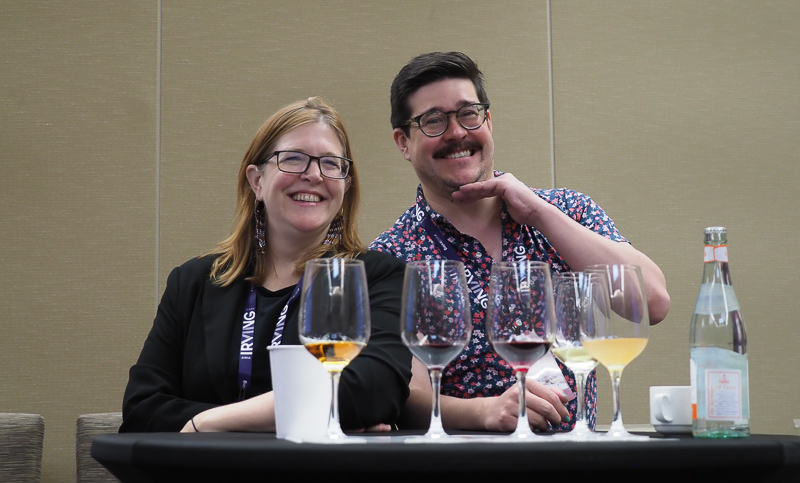
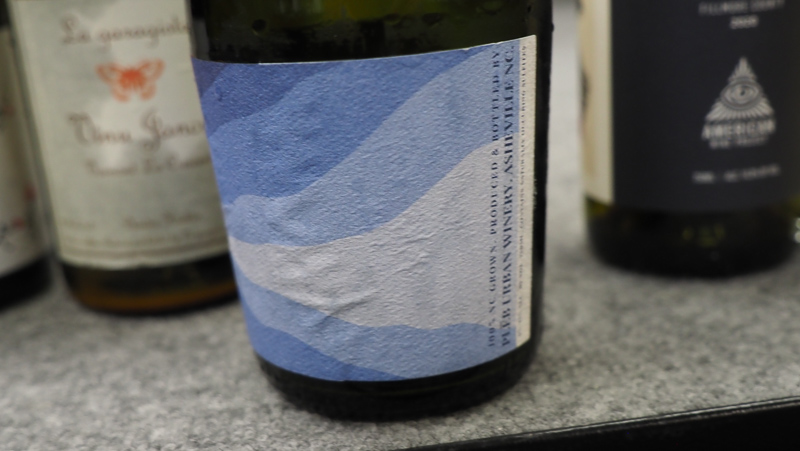
Plēb Urban Winery Appalachian Classic Sparkling White NV North Carolina
From the river arts district in Asheville. Frost is an issue here, and it can be wet, warm and humid, with lots of disease pressure. They’ve made base wines for five years since they started in 2017, and this is the first year they have bottled it. This is a blend of Vidal, Seyval and Traminette. Vidal was developed in the 1930s for Cognac production. Winter hardy with moderate downy mildew resistance. Seyval was developed in 1921 and is a cross of Seibel 5656 and Rayon d’Or. Traminette was developed in 1965 in Illinois and then sent to Cornell for development. Bright and focused with lovely citrus fruit, a touch of pear, and also some table grape hints: the Traminette makes its presence felt here. Nice purity here with some crispness. Very stylish. 90/100
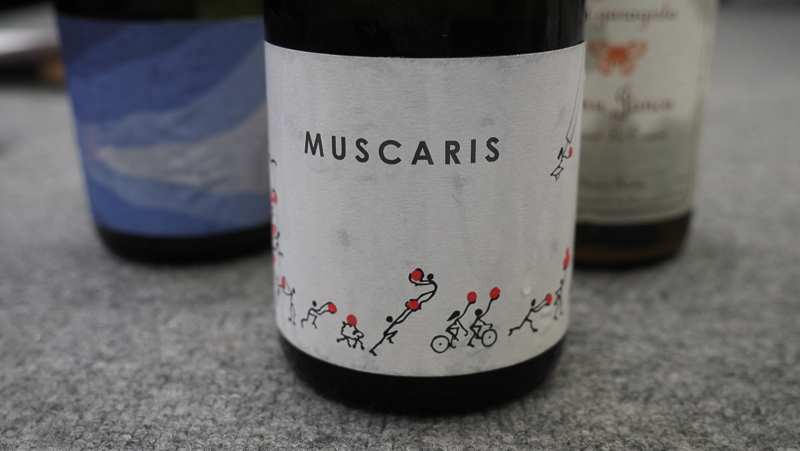
Josef Totter Muscaris 2019 Vulkenland, Styria, Austria
Muscaris is a cross of Muskateller and Solaris that counts as a PIWI. Totter went from spraying 14 times to once a year with this variety. Direct pressed and fermented in 750 litre used oak. Highly aromatic and grapey with some melon and pear. Fruity and crisp on the palate with some notes of table grape and honey as well as melon and a touch of green tea. Lovely fruitiness with some fine spicy hints on the finish. Has a slight chalkiness to the palate. 90/100
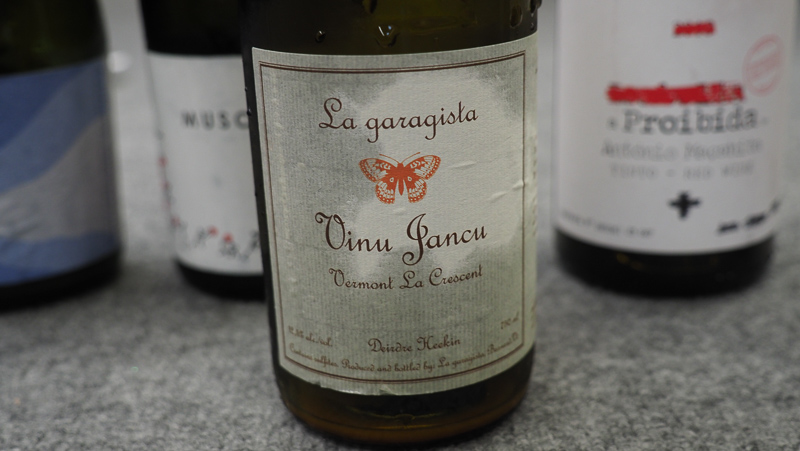
La Garagista Vinu Jancu La Crescent 2020 Vermont, USA
Alpine climate in Vermont. La Crescent was developed by the University of Minnesota in 2002, and was developed to be very cold hardy. Still susceptible to downy mildew, but moderate resistance to powdery mildew and black rot. Dierdre and Caleb have been pioneers of natural wine with modern hybrids. Cloudy yellow/gold in colour, this has powerful aromatics of apple, honey, lemon and spice with a touch of mandarin. The mouth is distinctive and powerful with a little wild acidity, a touch of honey and some fine spiciness. There’s some orange peel and herbs here with good structure, as well as some almond. Lovely sour acidity on the finish. So distinctive, quite crazy, but I like it. 92/100
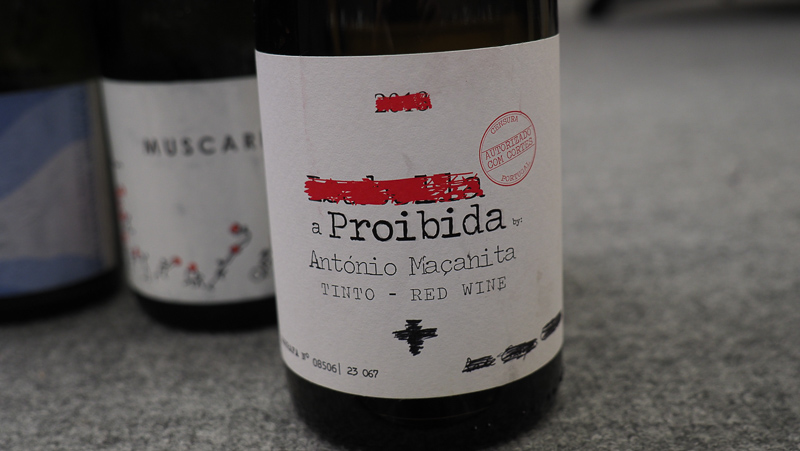
Antonio Maçanita Isabella a Prohibida 2018 Açores, Portugal
This was a chance seedling with a cross between a labrusca seedling and Petit Meslier. Late ripening and high yielding, and well adapted to warm humid climates. The nose has a jelly-like edge with some strawberry and cherry. The palate is juicy and bright with some cherry and berry fruit, a jelly-like character, and some warm strawberry notes on the finish. This has a distinctive character with a sweet, slightly sickly finish that’s not entirely unpleasant. Such an interesting wine. 90/100
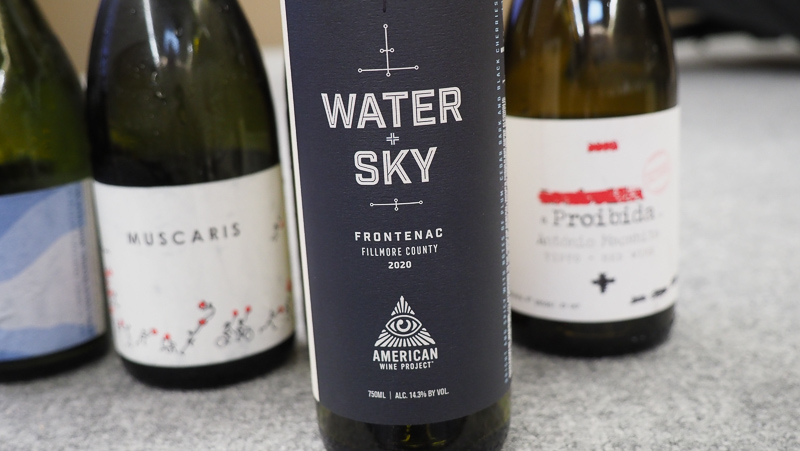
American Wine Project Water & Sky Frontenac 2020 Minnesota, USA
The winery is based in Fillmore County, Wisconsin, but the grapes come from Minnesota. It’s Frontenac Noir, a variety produced by the University of Minnesota in 1996, developed to be very cold hardy. Deeply coloured, this is a rich, sweetly fruited red wine with some fine spices and a touch of pepper. There’s some freshness and some spicy structure, with brightness and focus, showing moderate tannins and nice juicy, spicy, herby notes, finishing with some clove and pepper. Satisfying stuff with a lovely personality. 90/100
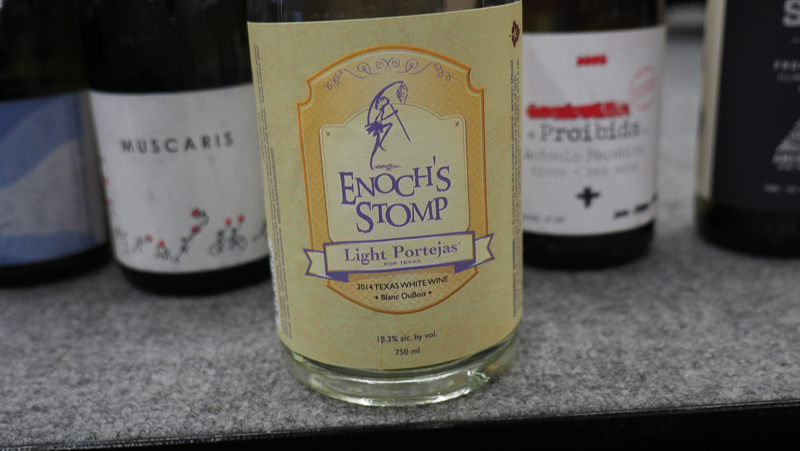
Enoch’s Stomp Light Portejas Blanc DuBois 2014 Texas, USA
Blanc DuBois is the variety here, created in 1968 by the University of Florida for tolerance to Pierce’s disease. Aged in American oak and fortified. Smells like Bourbon with vanilla, nuts and smoke on the nose. The palate is really interesting, though. It’s sweet with good acidity and powerful spicy, woody flavours. Distinctive and not at all supple, but has a sense of deliciousness to it even though it is a bit contrived, perhaps. 90/100

